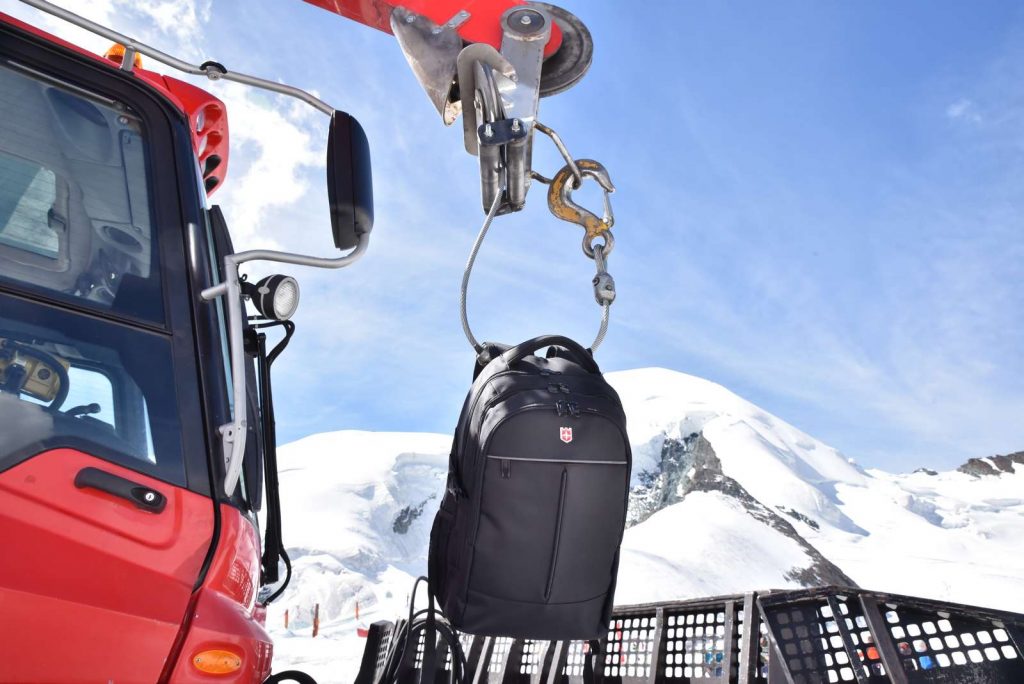Switzerland has many fun things to do to let out some steam, relax, rejuvenate, and refresh. You can either go hiking, skiing in the Alps, camping and a lot more. Out of these many fun things, today I am taking sledding in Switzerland.
Sledging is a winter activity that gives you hours of fun. It’s so addictive that you can’t help but go back to the top multiple times to have a recap. Lucky for you, there are numerous sledging runs available.
In this guide, I will take you through some beginner tips and, in the end, leave you with the top 5 sledge runs in the country. It will be a fun ride, so let’s jump right in.
How to sled in Switzerland?
Before going sledging in Switzerland, you need to know these essentials to be safe and fun. I care about you. That’s why I bring you some valuable tips for sledding in Switzerland, especially if you are a beginner or new to this sport.
- You will find long Swiss sleds at many ski resorts. A sledge run is a posted sledging route down the mountain with trimmed snow.
- Using the sledge run is free of cost. However, you require to pay for the transport to get there. You can pay for a single ride or multi-pack, aka day pass. Thankfully, they don’t cost that much. A day pass generally costs 30-40 CHF per adult, but lucky for you; they get discounts if you have children or teens. On the other hand, a single ride costs 10-15 CHF per adult.
- Renting Swiss sleds from ski resorts near the sledge run’s kiosk, lift station, or ticket office.
- If you would like to buy Swiss sleds, then I would recommend racing style toboggans (easy-to-use & comfy), Davos-style wood sledge (smooth ride and decent control), bob style plastic sledge (preferred by children), or shovel-style sledges. (lightweight, easy-to-carry, & easily fit in your Ruigor Icon bag)
- If you are sledging double with small children, having a large roomy one is wise because children can’t steer these.
- If you are sledging with a toddler or baby, I recommend attaching sledge sacks or baby sledge seats for their safety and comfort.
- If you wonder what to wear while sledging, it’s nothing new, only the same warm base layers and waterproof outer layers to keep dry.
- Don’t hurry up before sledging. It’s always wise to check the snow conditions and ski resort operating status to ensure that the sledge runs and lifts are running.
With that out of the way, let us discuss the basics of sledding in Switzerland.
Sledding in Switzerland 101: the basics
Once you have bought (not recommended) or rented your sledge, it’s time to learn sitting on, riding, steering, and braking it in style.
Sitting on the sledge
Here’s the easy part, all you need to do is sit and lean back on your seat, then hold on tight to the leash. After that, you are allowed to rest your feet on your sledge’s front corners on flat areas.
Riding your sledge
Now, if the surface is a slope, you will automatically go down as soon as you are seated in the way I told you. However, if the surface is comparatively flat, someone might need to give you a little push.
Steering the sledge
To turn, all you must do is lean and pull your leash in the desired direction. If that sounds boring to you, let’s add a little drama to it, so to turn sharply, drag one foot on the side.
Braking the sledge
The last step is to brake your sledge unless you wish to keep riding till the end of time. So to brake, lean back and drag both your feet on the snow to bring it to a screeching halt. (and some snow on your clothes and face) for very steep slopes, I recommend sitting back, holding the top front rails, and pulling backwards, making it tilt up and stop.
Braking gear: To make braking sledges (because it’s an activity you will do more than once) much more convenient, I recommend braking soles low profile traction cleats that create more resistance when dragging your feet. These come in handy, especially if the snow is icy.
5 Best sledding in Switzerland runs
Once the landscape in the country transforms into a white fantasy landscape, the sky turns bright blue, and the snow glitters in the sun. That’s how beautiful Switzerland looks in winters, which makes it the perfect time for you to pack your sledges, whether classic or bobsleds, in your Ruigor Icon bag. Head out into one of the five best and most famous Swiss sleds I am about to discuss with the sole aim of inspiring you to have some snow sledging fun.
Tobogganing Bergun

The first on our list is Europe’s longest-lighted toboggan run. Tobogganing Bergun takes you sliding beneath the towering viaducts via a captivating landscape. Let’s look at some critical points of one of Europe’s most accessible Swiss sleds.
Difficulty: Easy.
Length: 6 km.
Altitude difference: 400 m.
Fun fact: The distance you cover from Bergun to Preda via Rhaetian railway is a UNESCO world heritage site.
Tobogganing Lenzerheide
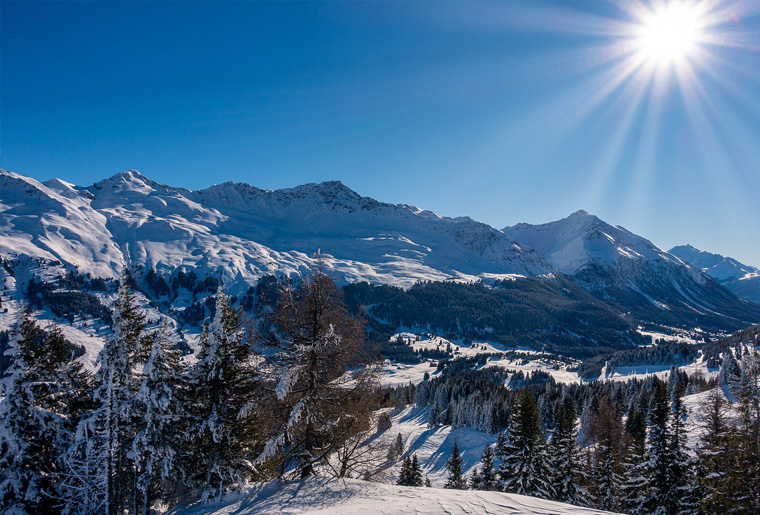
The next one, Tobogganing Lenzerheide, is perfect for everyone because it’s safe and well prepared, whether solo, group, beginner, or expert. Leading from the Scharmoin central station, your toboggan ride will go left and right via the curves to the Rothorn cable car’s Valley Station in about 15 minutes.
Difficulty: Medium.
Length: 3.8 km.
Altitude difference: 410 m.
Fun fact: Want to go night sledging? Then, come here every Wednesday from December to March.
Sledding Kronberg
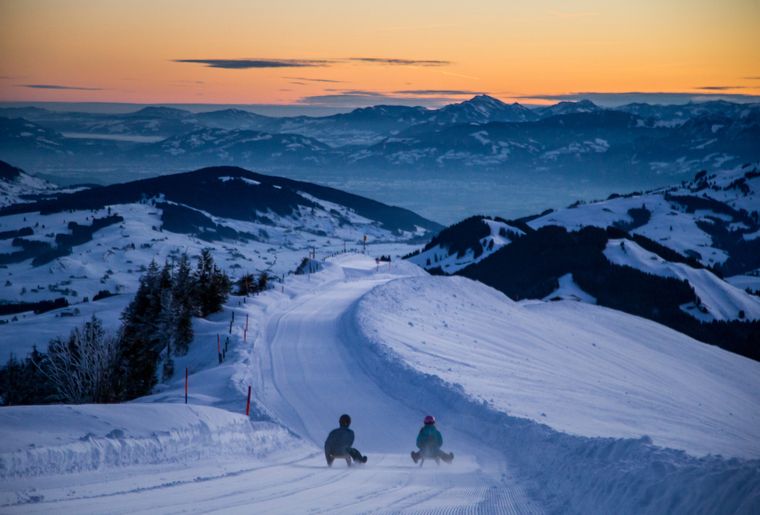
Let’s start with a fun fact, Sledding Kronberg is the longest toboggan run in east for Sledding in Switzerland, going all the way from the Summit of Kronberg down to Jakobsbad. The best part about this one is it is as thrilling as it is fun with a mix of flat and steep sections plus, if you need refreshments in between, the Scheidegg Inn is also there.
Difficulty: Medium.
Length: 8 km.
Altitude difference: 740 m.
Fun fact: I recommend you to take your time to admire the Alpstein chain with the Santis’ picturesque view before sledging.
Sledding Zugerberg
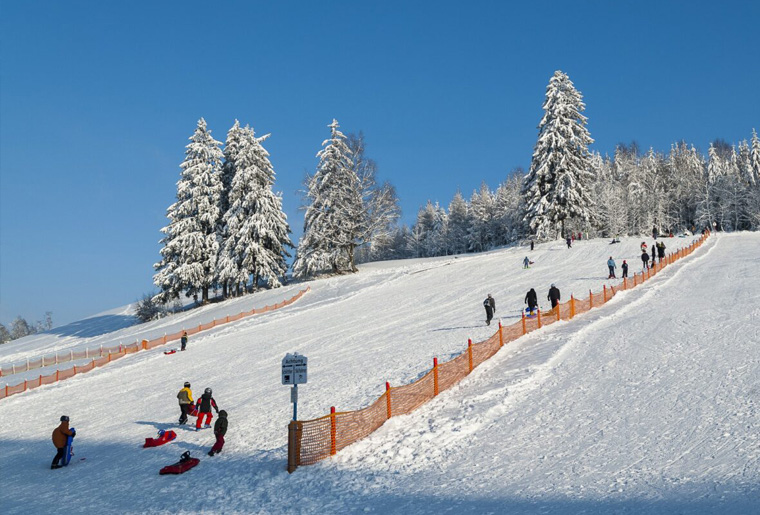
If you are energetic enough to sledge down the mountain but lazy enough not to prepare your sledge, then Sledging Zugerberg is the ideal Sledding in Switzerland run for you because they already keep the sledge prepared. So have fun going down the local mountain as you see beautiful views and the Restaurant Zugerberg for refreshments.
Difficulty: Medium.
Length: 2.5 km.
Altitude difference: 365 m.
Fun fact: Locals say it is a famous location during the foggy wintertime when you can see the fog from above under the sun.
Sledding Rigi
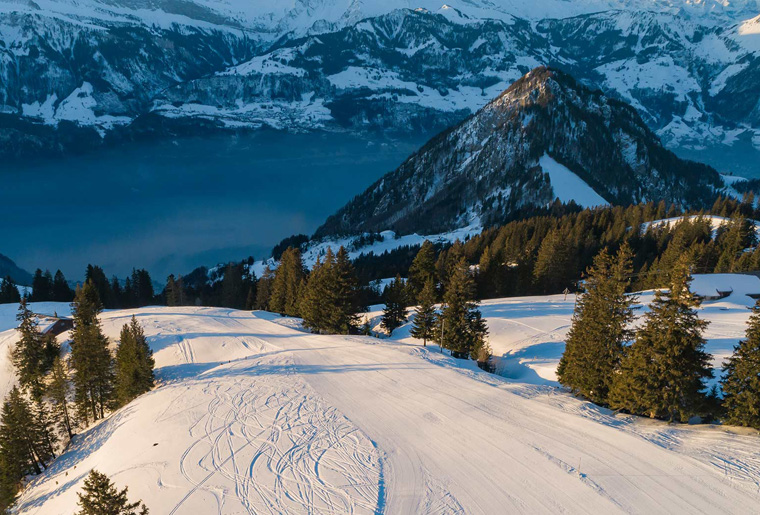
What can be a better place to sledge from than the Queen of the mountains? The Rigi offers you picturesque sledging slopes and winter hiking trails. Here you will find multiple well-prepared hiking slopes and a lot of fun.
Difficulty: Easy-medium
Length: 0.6-3.8 km.
Altitude difference: 121-538 m.
Fun fact: I would recommend issuing a Rigi Day Card. I mean, who doesn’t love free-of-cost toboggan runs?
So now that you know the essentials, it’s time to pack your sledging gear and head out for some fun family time in Switzerland.
Conclusion
Sledding is a preferred activity to do in Switzerland. It’s a fun activity that I recommend you to go on with your family and friends during your vacation. There are multiple sledges in the country available as it is the hub for winter sports, so select the best sledding in Switzerland; run, pack your sledge in your Ruigor Icon, and head out for a memorable time.
